
WHAT ABOUT LIGHT POLLUTION POLICIES?
From the 2030 Agenda of the European Union, from the national laws of individual countries to regional and local ones, it is evident that there is a lack of a clear stance on the issue of light pollution, and a consequent absence of specific policies regulating its prevention. To date, there is a need for a unified voice able to protect against the negative consequences of ALAN (Artificial Light At Night).
Hereafter you can find examples of regulations adopted in recent years.

Austria
The Austrian Light Pollution Protection Act regulates light pollution by setting specific limits on the intensity and direction of artificial lighting. It also encourages the use of energy-efficient lighting systems to protect the environment and human health.
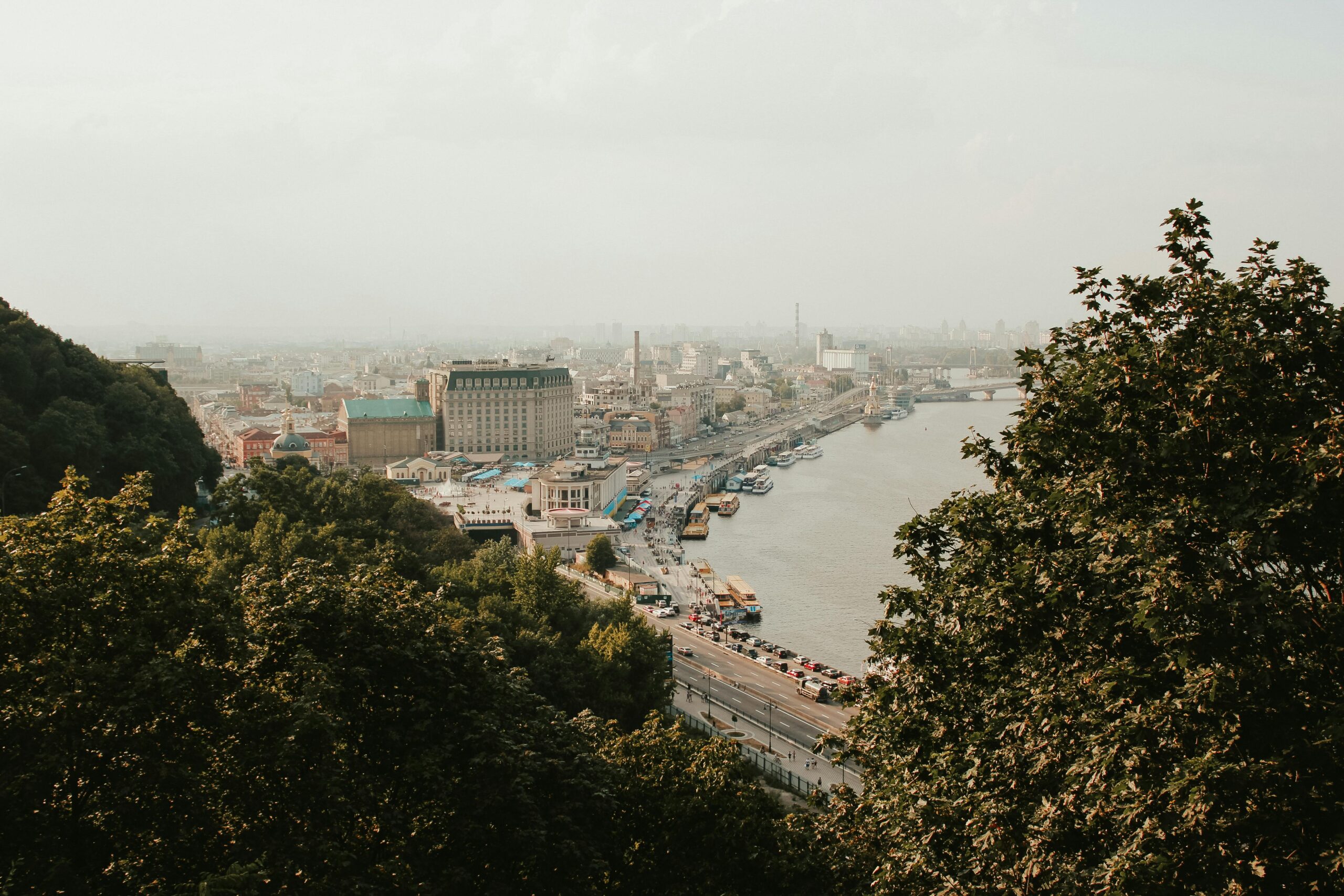
Belarus
In Belarus, light pollution is defined in the national standard STB 2460-2020 as “the sum of all the negative effects of artificial light on the environment”. It is formally considered an environmental pollutant under the 1992 Environmental Protection Act, although there are no additional specific regulations to limit it.
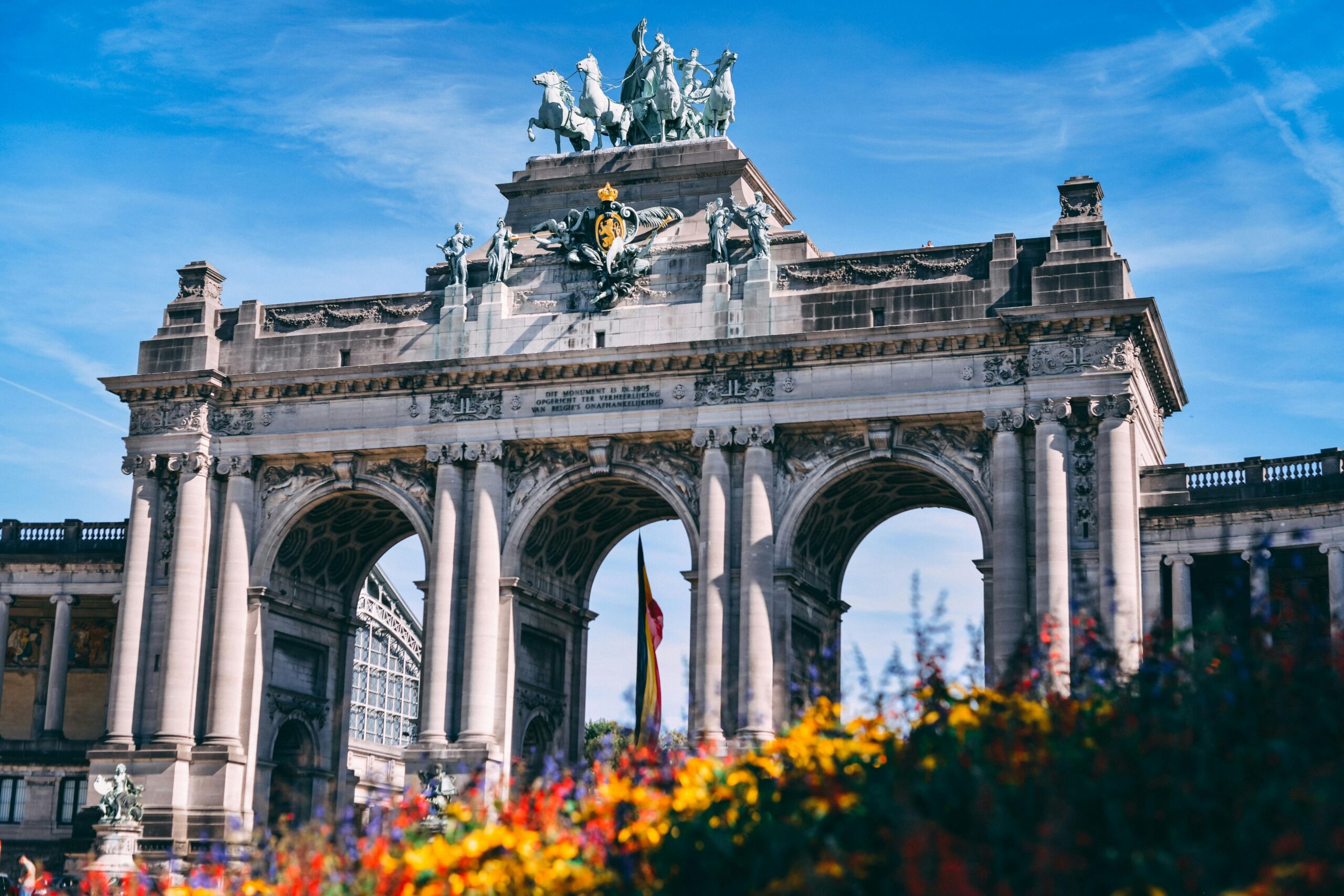
Belgium
In Belgium, despite the lack of explicit regulations, the environmental precautionary principles also apply to artificial lighting at night. Initiatives such as “Leve(n)de Nacht” and “Nacht van Duisternis” promote awareness and the reduction of light pollution, which is actively supported by the Belgian astronomical community.
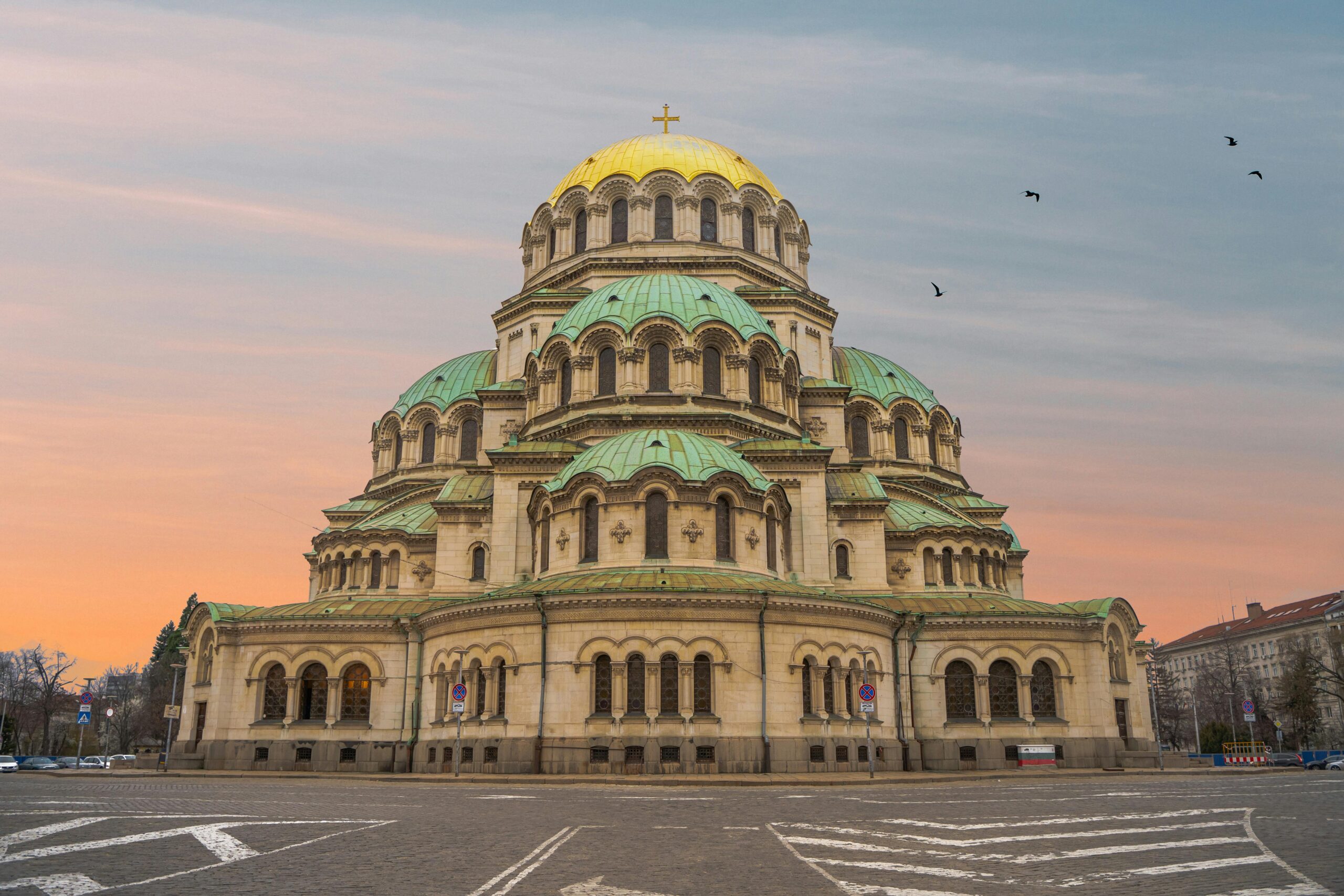
Bulgaria
Although the Bulgarian legislation does not directly use the term “light pollution”, it is implicit in environmental disturbance factors. In 2016, Bulgaria introduced a national regulation requiring energy audits for outdoor lighting in urban areas and adhering to the European standard EN 13201-2 to limit light leakage.
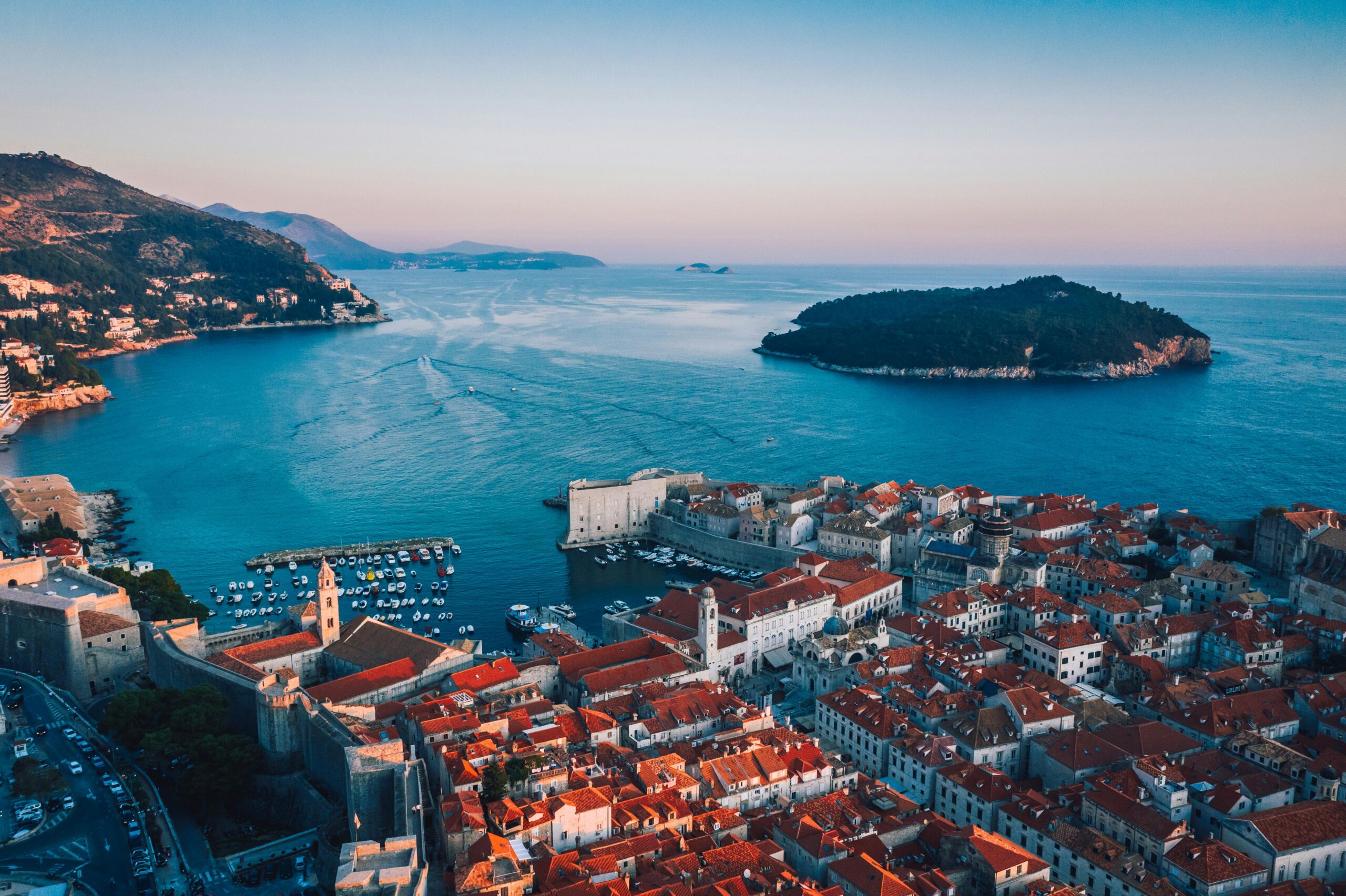
Croatia
In 2023, through the Act on Protection Against Light Pollution, specific regulations were adopted in Croatia for measuring environmental lighting, drafting lighting plans, establishing standardised methods of data collection, and for the planning of lighting infrastructure.
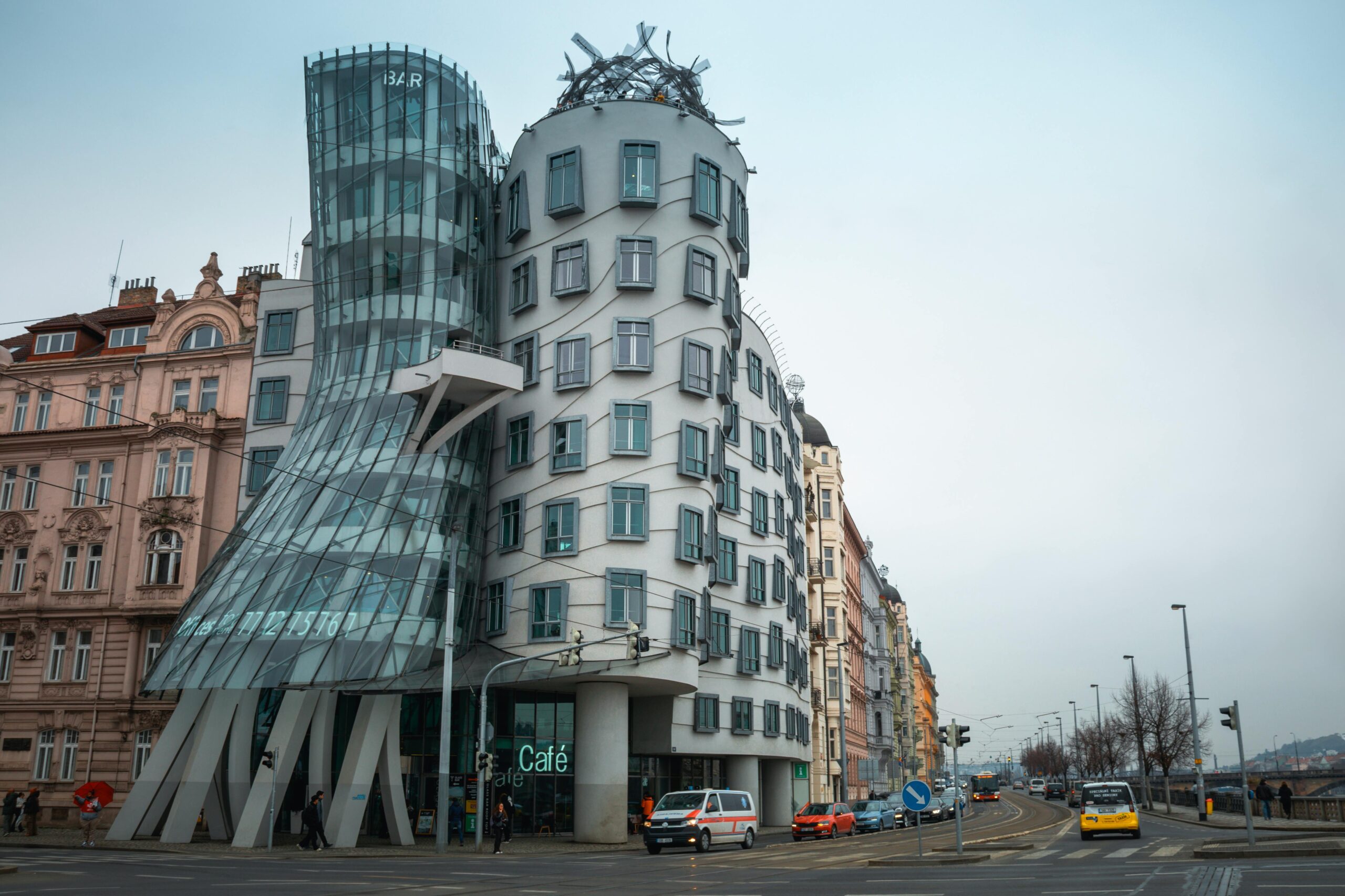
Czech Republic
In 2002, the Czech Republic introduced Law No. 183/2002 on spatial planning and construction, which includes provisions against light pollution. This regulation establishes the obligation to limit night-time lighting in all areas of the country. Although the law was adopted, one of the critical aspects is the lack of a specific implementing regulation, which would clearly define how to uniformly enforce the rules across the territory.

Denmark
Denmark has several laws regulating artificial light, such as the 2013 Nature Conservation Act, which prohibits illuminated advertising in rural areas, and the 2010 Building Act, which allows municipal restrictions on lighting.

Finland
There is no specific national regulation against light pollution in Finland, but the Environmental Protection Act allows municipalities to impose restrictions. Some cities, such as Helsinki, have adopted plans to limit artificial light through the use of shielded LEDs and the reduction of public lighting time.
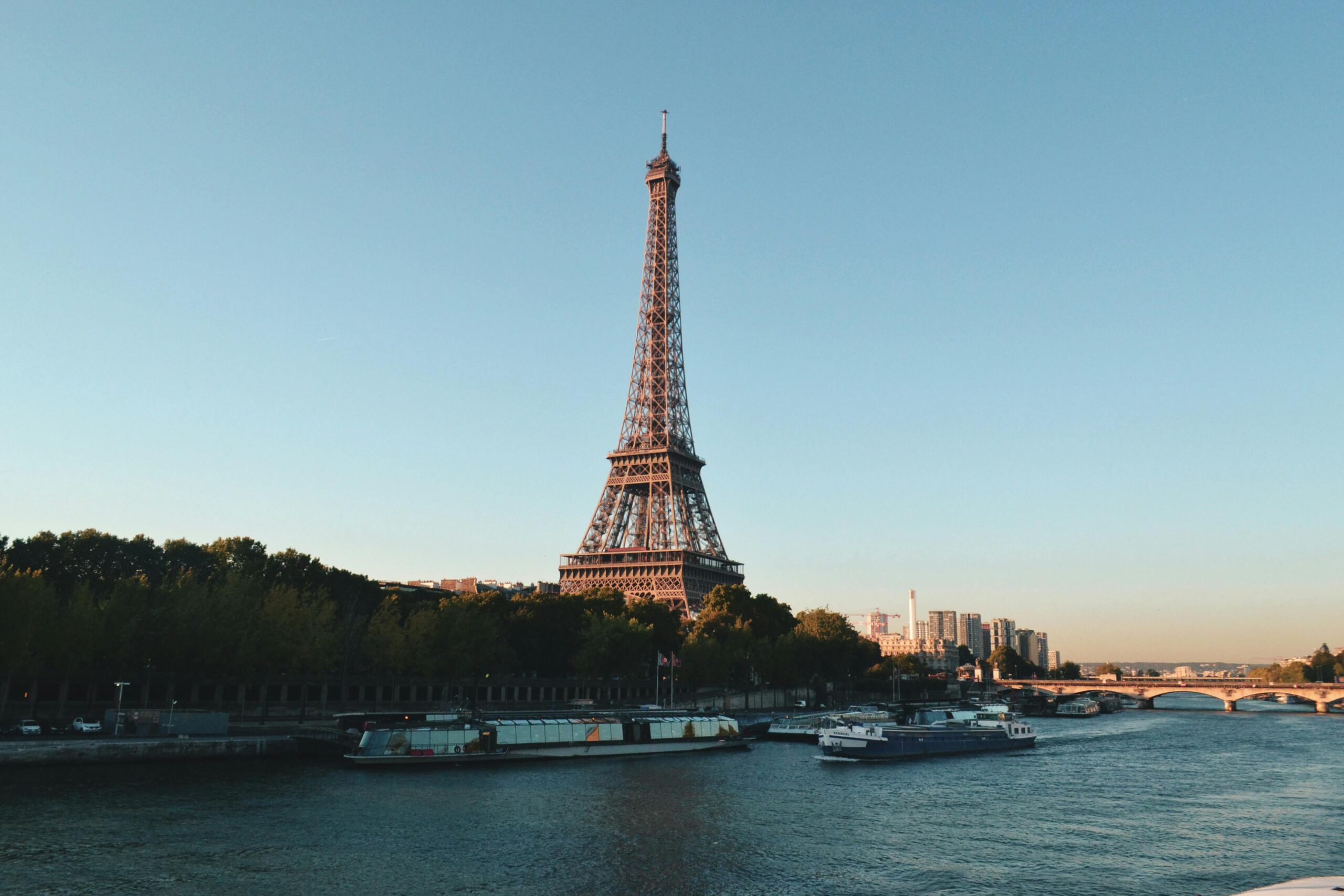
France
France has introduced significant restrictions on night-time lighting with the Grenelle II law, which includes provisions to reduce outdoor lighting during the night, such as turning off lights in public buildings after a certain time of the day.

Germany
In Germany there are regional and local strategies to reduce light pollution. Firstly, there is the 2021 Federal Nature Conservation Act, which prohibits certain types of lighting in nature reserves. Then, a legal decree explicitly addressing the protection of nature, animals, and plants from light pollution is being prepared for, probably, 2025. Furthermore, Bavaria has implemented a regional law, a Bavarian Regulation on Light Pollution, meant to regulate public lighting to reduce light pollution.
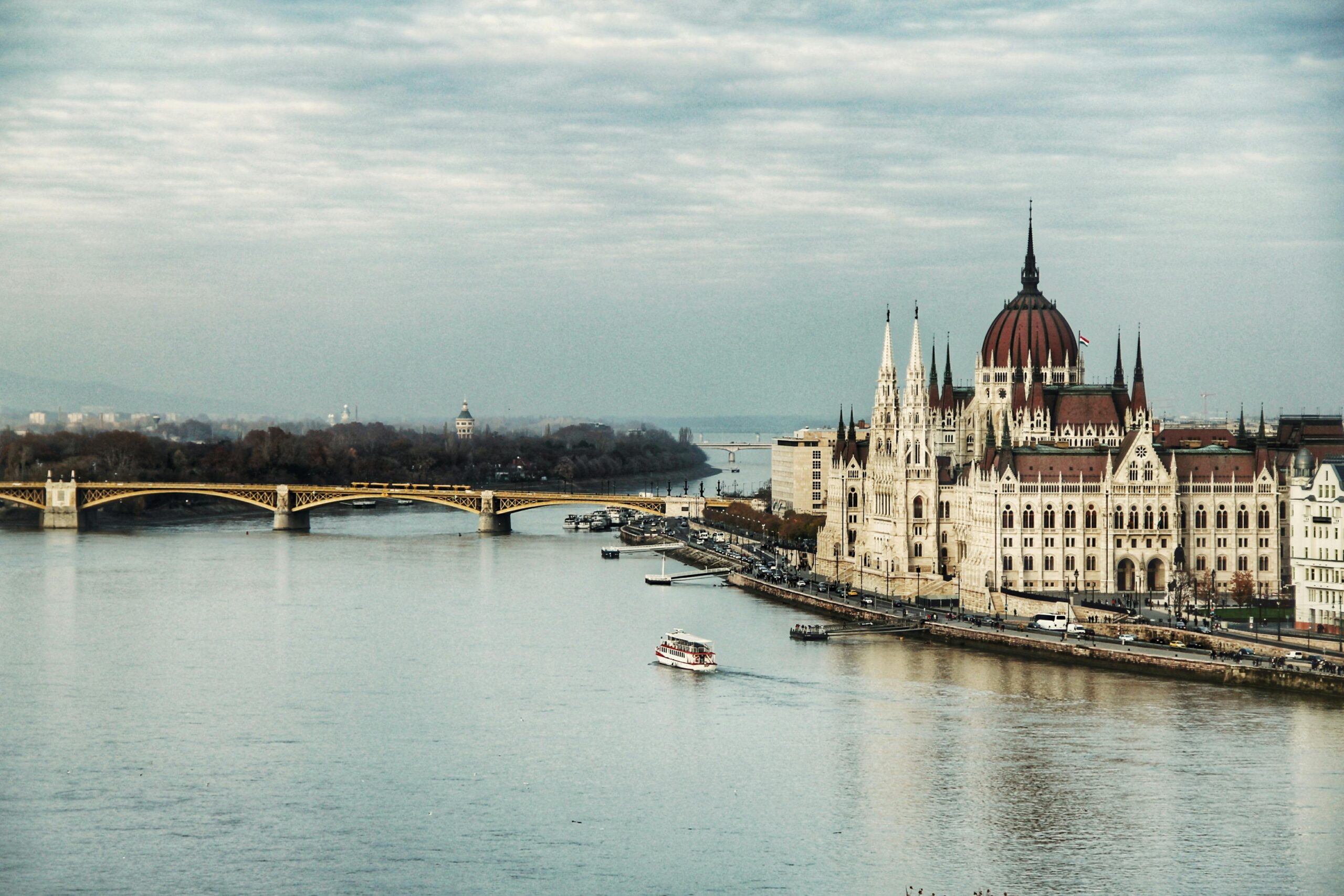
Hungary
The only regulation that deals with light pollution in Hungary is the Building Code, i.e. the 253/1997 (XII. 20.) Government Decree on national planning and building requirements (OTÉK). According to this regulation, all lighting should be designed and built in a way to avoid light pollution.

Ireland
Ireland does not have specific national legislation on light pollution. However, some local authorities, such as Dublin, Clare, and Kerry, have included guidelines to reduce light pollution in their development plans. Additionally, initiatives such as the Mayo Dark Sky Park promote awareness and the protection of the night skies.

Poland
Poland does not have a national law regarding light pollution, but the concept is included in the Environmental Protection Law. Some municipalities (e.g. Izera Dark Sky Park) have local regulations and cooperate with scientific bodies to promote astronomical observation and to protect the night skies.
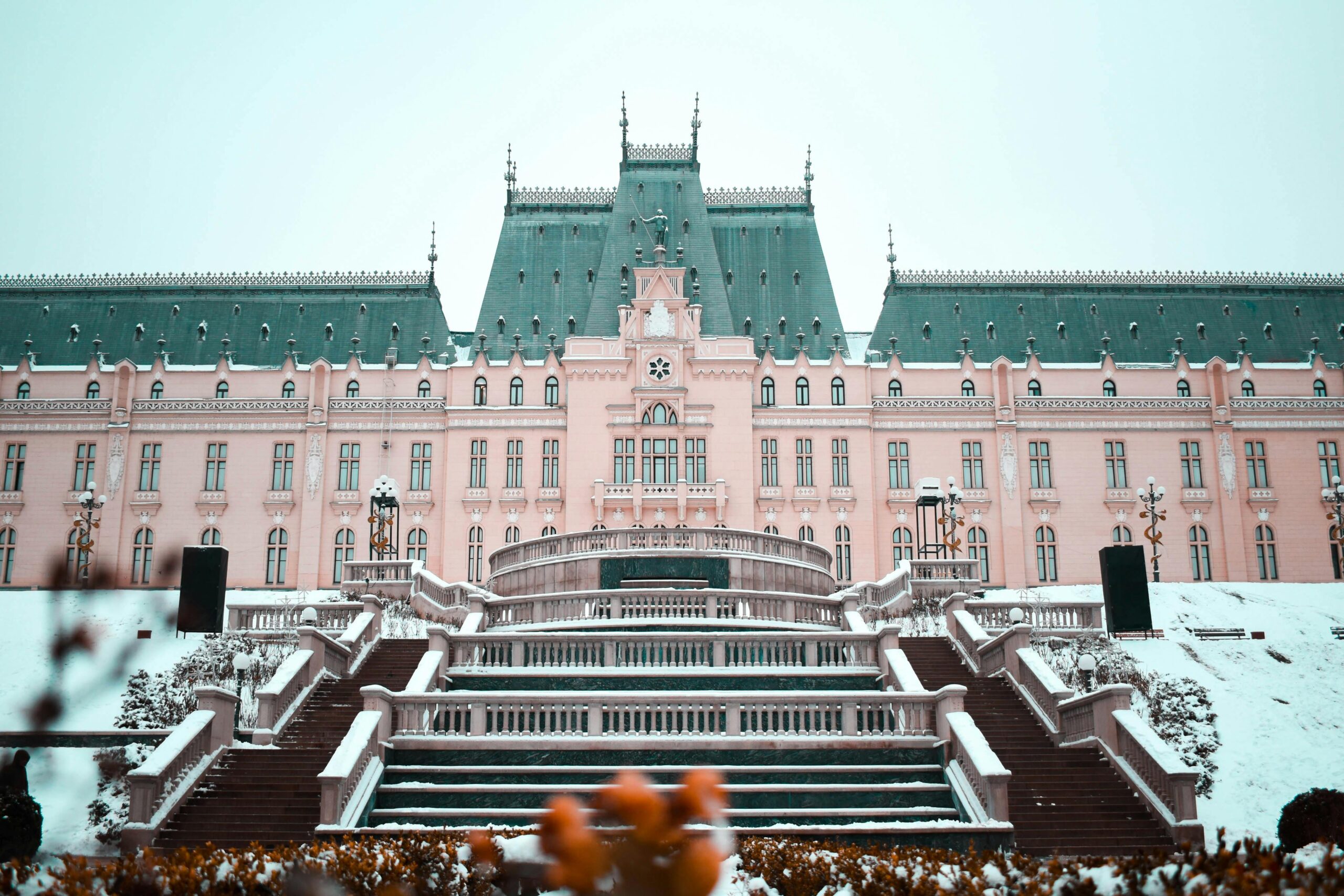
Romania
There are no specific regulations against light pollution in Romania. However, the environmental law establishes that artificial lighting is among the factors to be regulated in order to protect the natural environment.

Slovakia
Slovakia has adopted regulations that include limiting light pollution in some natural and protected areas. National guidelines recommend the use of shaded lighting, although they are not yet mandatory.
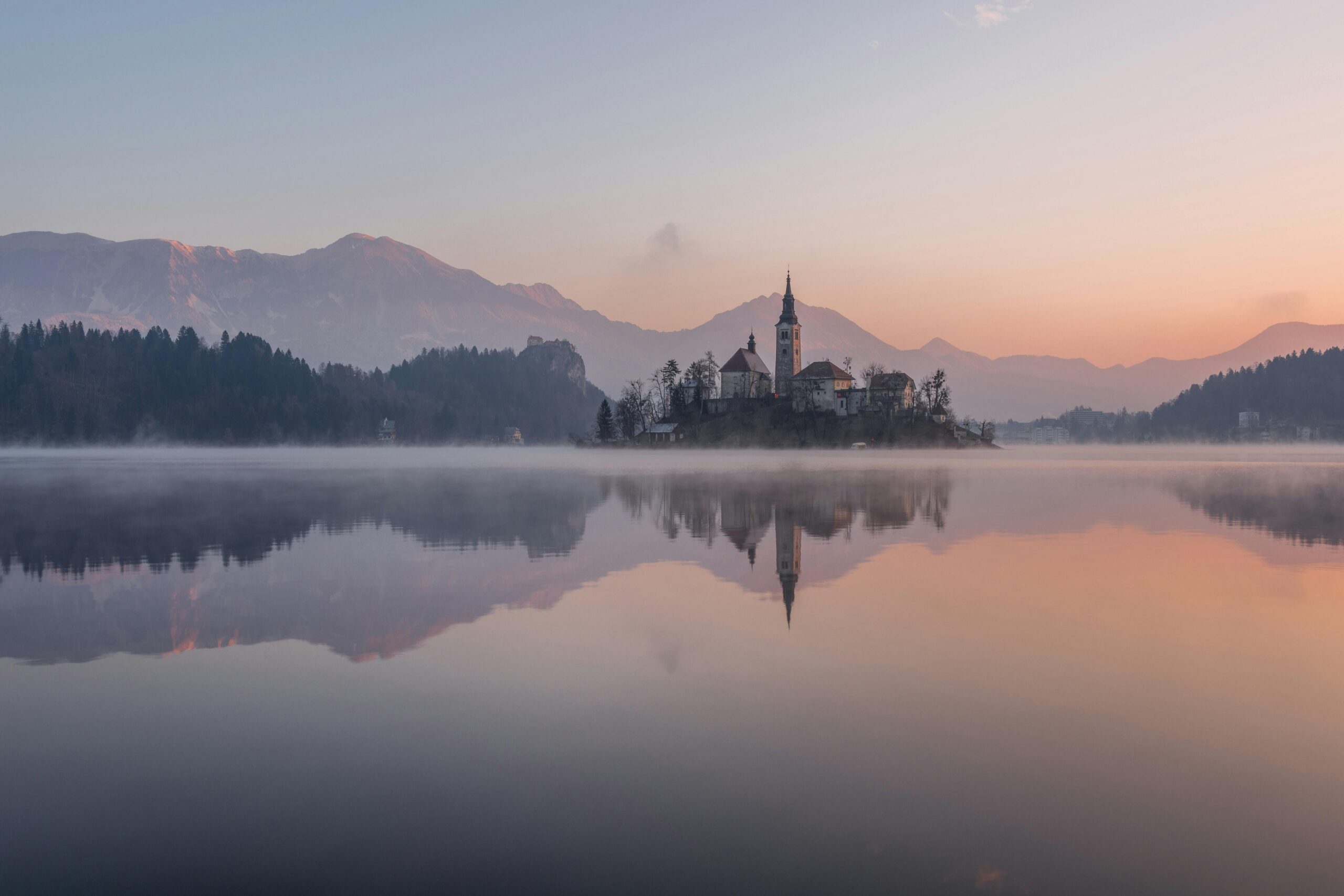
Slovenia
In Slovenia, the 2007 Decree on the Limitation of Light Pollution establishes light pollution limit values. In the country, there is also a strong “Dark Sky” initiative drawing public attention to the problem of light pollution. Furthermore, Slovenia has two technical manuals addressing the topic of light pollution and regional authorities participating in the Interreg Europe project Night Light.

Spain
In Spain, the region of Catalonia has adopted the Catalan Law on the Protection of the Natural Environment and the Sustainable Use of Energy, which sets limits on public lighting and promotes the use of low-emission lighting technologies. Additionally, many natural areas are designated as “dark sky parks”.
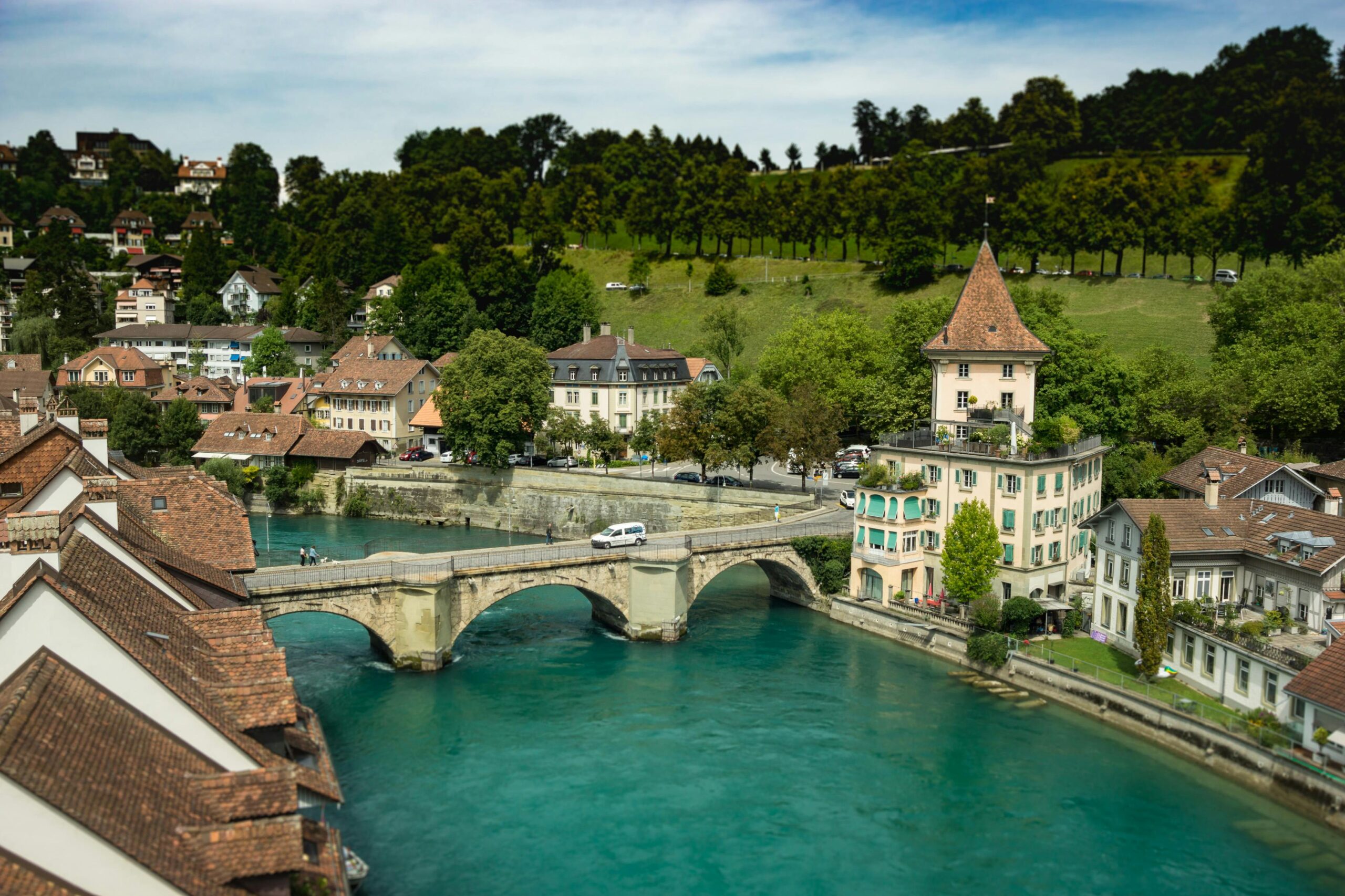
Switzerland
In Switzerland, light pollution is regulated indirectly by the Federal Environmental Protection Act. Some cantons, such as Geneva and Vaud, have introduced local regulations for public lighting and there are active projects, in collaboration with the scientific community, for the protection of the night skies in the Alps.

United Kingdom
The UK has included light pollution as a type of statutory nuisance in the Clean Neighbourhoods and Environment Act 2005. Local authorities can therefore require individuals and businesses to limit intrusive lighting.

A Manifesto for the EU
The European Light Pollution Manifesto, adopted during Spain’s 2023 EU Council Presidency, represents a significant step forward in Europe’s efforts to protect and reclaim the night. Building on the 2022 Czech Presidency’s focus on light pollution, which led to the Brno Appeal, the Manifesto aims to further establish light pollution as a major environmental issue across Europe.

Policies Around The World
If you would like to delve deeper into this topic, you can also take a look at the report written by the IAU Centre for the Protection of the Dark and Quiet Sky from Satellite Constellation Interference (CPS). This report provides a comprehensive overview of light pollution policies around the world!
This repository is managed by INAF as part of the Interreg Central Europe project DARKERSKY4CE, co-funded by the European Union. The views and opinions expressed herein are those of the authors and do not necessarily reflect those of the European Commission. Whilst INAF takes every precaution to ensure that the content is accurate, INAF cannot guarantee that all information or data on the website is correct. Therefore, INAF accepts no responsibility or liability whatsoever with regard to the information or data on the website or for any use which may be made of it.
